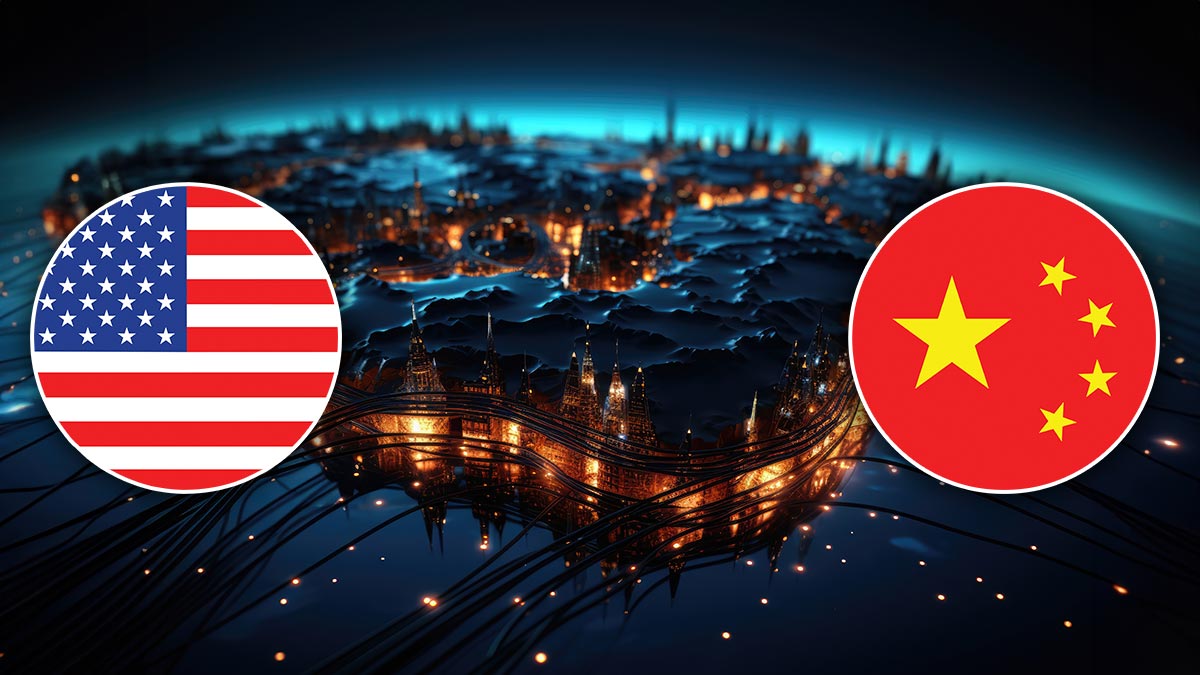Navigating the Murky Waters of Subsea Cables: Geopolitics, Espionage, and the Internet’s Backbone
In today’s interconnected world, where information flows seamlessly across borders, it’s easy to take for granted the vast network of subsea cables that criss-cross our oceans, enabling the global internet to function. These nearly 1.4 million kilometers of metal-encased fiber optic cables are the unsung heroes of our digital age, ensuring the rapid transmission of data between continents. For years, this intricate web of subsea cables has been dominated by companies from France, the US, and Japan. However, recent geopolitical tensions have disrupted this delicate balance, raising concerns about the future of the subsea cable market.
China’s Ascent and the US Response China’s entry into the global subsea cable market was initially met with success. Yet, concerns over espionage and fears of China potentially disrupting strategic assets operated by Chinese companies in the event of a conflict have led successive US administrations to take steps to freeze China out of significant portions of this market.
How the US is pushing China out of the internet
One notable example is the Cap-1 cable project, originally initiated by Amazon, Meta, and China Mobile in 2018. Due to US maneuvers to block Chinese participation, China Mobile eventually withdrew from the consortium. Despite efforts to revive the project without Chinese involvement, it was ultimately withdrawn last year, even though most of the cable had already been built. This highlights the extent to which China’s involvement remained a security concern for the US government.
The US’s Successful Efforts Over the past five years, as tensions between the US and China have escalated, the US government has actively sought to dismantle the interwoven network of international internet cables that developed through decades of international collaboration. The result has been a de facto ban on using Chinese suppliers across various parts of the industry, even in projects with no US involvement.
The consequences of these actions are beginning to manifest. A dangerous division in the ownership and management of the infrastructure underpinning the global web is now looming large. With multiple countries openly expressing their ambitions to create more centralized internet infrastructure for greater governmental control, the global internet could fracture into Eastern and Western blocs.
Challenges and Complexities The subsea cable sector plays a crucial role in ensuring the free flow of data, with more than 500 active and planned submarine cables carrying 99 percent of intercontinental data. However, growing concerns about cable espionage and sabotage have led some governments to tighten control over their territorial waters, causing delays in cable deployment and maintenance. Notably, some of the most sensitive infrastructure is being repaired by adversarial nations, creating potential vulnerabilities.
Moreover, the subsea cable market’s transformation has seen tech giants such as Google, Meta, and Microsoft become significant investors and consumers of cable capacity. As they increasingly shape the industry’s landscape, their interests and influence in subsea cable projects become paramount.
China’s Response and the Future While China’s ambition to become a major player in the global subsea cable market has been hindered, Beijing is finding alternative routes to assert its influence. Chinese government-owned telecoms companies are turning their focus to regions where they still have commercial and political sway. They’re leading cable projects in Asia, Africa, and Latin America, leveraging state-owned resources and competing on price.
The evolving landscape also involves Chinese efforts to pressure companies to use subsea cables produced by Chinese suppliers in projects that traverse Chinese waters, cementing their control over critical infrastructure.
Navigating Troubled Waters The geopolitical tensions surrounding the subsea cable market are emblematic of the broader global power struggle in the digital age. While some express concerns about a fragmented internet, the main goal for nations like China appears to be securing access to information and trade.
As these dynamics evolve, the future of subsea cables remains uncertain. What’s clear is that the undersea infrastructure that enables our digital lives is no longer just a technical marvel but a key battleground in the global power play, raising critical questions about who controls the internet’s plumbing. Balancing national security with the need for global connectivity will continue to be a challenge, and international cooperation will be crucial in navigating these troubled waters.

